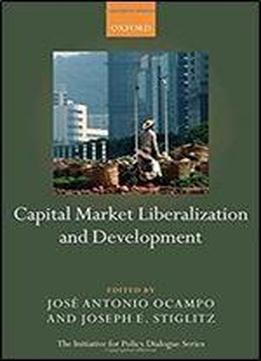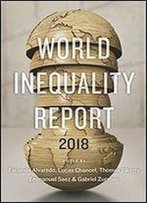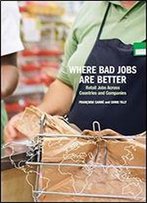
Capital Market Liberalization And Development (initiative For Policy Dialogue)
by Joseph E. Stiglitz /
2008 / English / PDF
4.2 MB Download
Capital market liberalization has been a key battle in the debate on globalization for much of the previous two decades. Many developing countries, often at the behest of international financial institutions such as the I.M.F., opened their capital accounts and liberalized their domestic financial markets as part of the wave of liberalization that characterized the 1980s and 1990s and in doing so exposed their economies to increased risk and volatility. Now with even the I.M.F. acknowledging the risks inherent in capital market liberalization, the central intellectual battle over the effects of capital market liberalization has for the most part ended. Though this new understanding of the consequences of capital market liberalization is reshaping many policy discussions among academics and international institutions, ideological and vested ts remain. Critical policy debates also remain, such as how much government should intervene and what tools are available. Although capital market liberalization might not produce the promised benefits, many economists and policymakers still worry about the costs of intervention. Do these costs exceed the benefits? What are the best kinds of interventions, under what circumstances? To answer these questions, we have to understand why capital market liberalization has failed to enhance growth, why it has resulted in greater instability, why the poor appear to have borne the greatest burden, and why the advocates of capital market liberalization were so wrong. Bringing together some of the leading researchers and practitioners in the field, this volume provides an analysis of both the risks associated with capital market liberalization and the alternative policy options available to enhance macroeconomic management.










